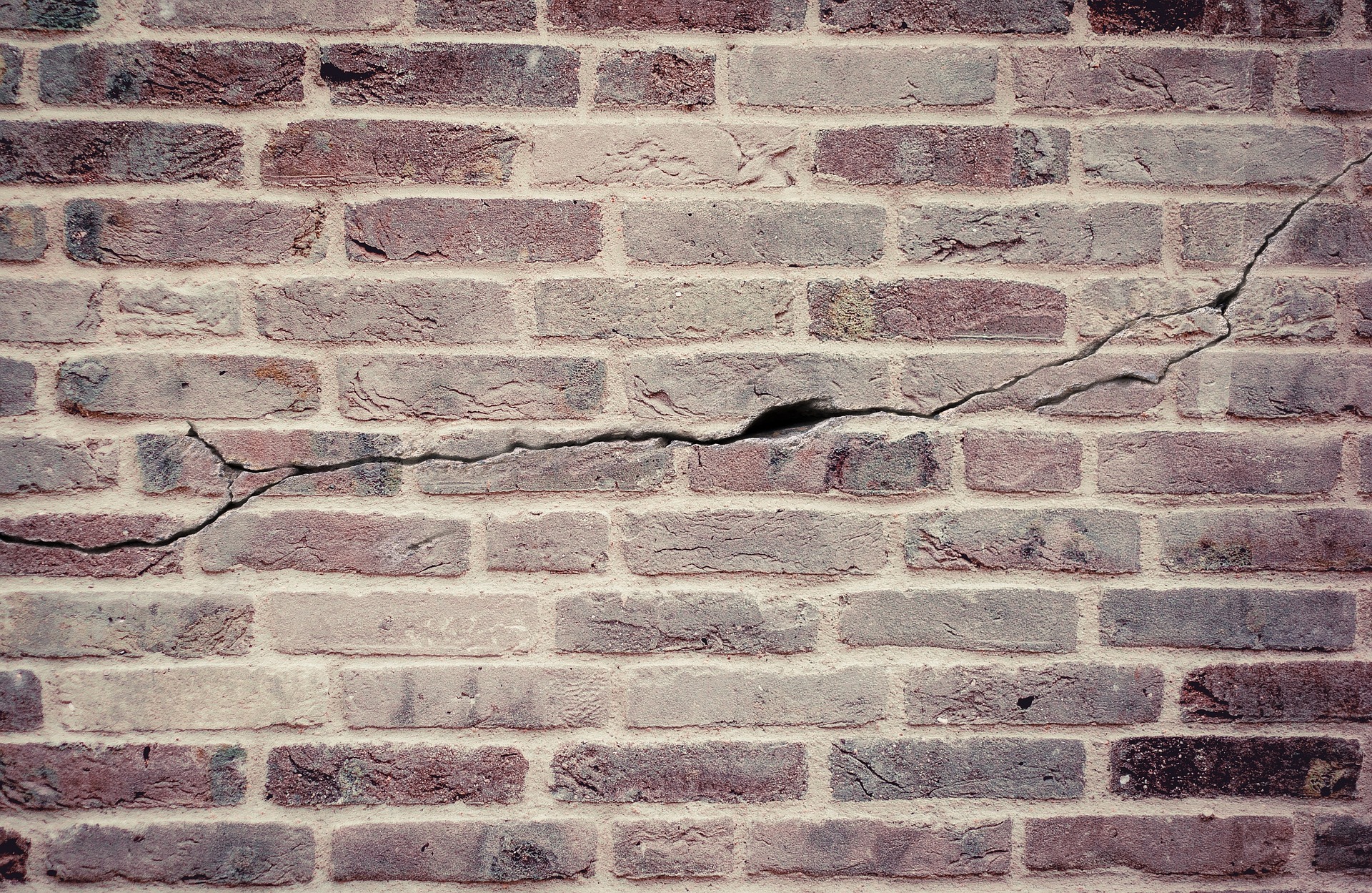Subsidence – 4 Important Signs To Look For

Subsidence is a real concern for homeowners and potential buyers alike. It’s costly to fix, can devalue your home and is a growing problem – 27,000 insurance claims were made for subsidence in 2020 and it’s predicted that this figure will continue to rise over the next 50 years due to climate change.
As the cost of repairing subsidence can exceed £12,500, you’ll want to know how to identify it quickly so that action can be taken. Below are four key signs that your property might be affected.
What Are The Signs of Subsidence?
Cracks in walls:
It isn’t unusual to notice some hairline cracks on the internal walls of your home. If you live in a new build, or a home that has been recently renovated, small cracks will often form in the plaster as this dries out and the property settles on its foundations. There are, however, times when cracked walls could be indicative of a more serious issue, such as subsidence. Homeowners and prospective buyers should be wary of any cracks that are:
– Visible in the same place on both sides of a wall – if an interior wall is papered, cracks may be hidden so keep a close eye out for any rippling or peeling that corresponds with the location of an exterior crack.
– Wider than 3mm (or around the thickness of a 10p coin).
– Travelling vertically or diagonally, or forming a stepped or downward ‘zig zag’ pattern across brickwork.
– Located close to a door or window.
Sloping floors:
Another potentially concerning discovery is a floor that slopes, or, one that appears to be sinking. While a sloping floor can be discovered using a spirit level, a sinking floor might become apparent when a gap begins to appear under a door frame or other fixtures (see below).
Skirting boards lifting up:
At the time of their fitting, skirting boards should lie flat against a wall with the bottom of the board flush with the floorboards. If you notice that a gap is starting to appear underneath a skirting board, or the board appears to be lifting, this is a tell-tale sign that some movement has occurred.
Sticking doors or windows:
Have you noticed that a door or window that once opened smoothly has now begun to stick or catch? If your doors or windows have become harder to operate, have gaps around their frames or have even started to swing open by themselves, further investigation is warranted.
I’ve Spotted Signs of Subsidence, What Should I Do?
If you have noticed any of these signs in your property it’s important to contact your home or buildings insurer as soon as possible. They will be able to arrange for a survey to confirm whether subsidence is the cause.
If you have your heart set on buying a property that has any of these signs, it is best to arrange a comprehensive survey with a chartered surveyor to gain a clearer picture as to the extent of the problem and the money and work that might be required to put it right. If you decide to proceed with the purchase, you will need to ensure that you are still able to get a mortgage if one is required. As long as the damage is deemed to be ‘long-standing and non-progressive’ many lenders will be happy to proceed as long as relevant buildings insurance is in place.

Image Source: Pixabay